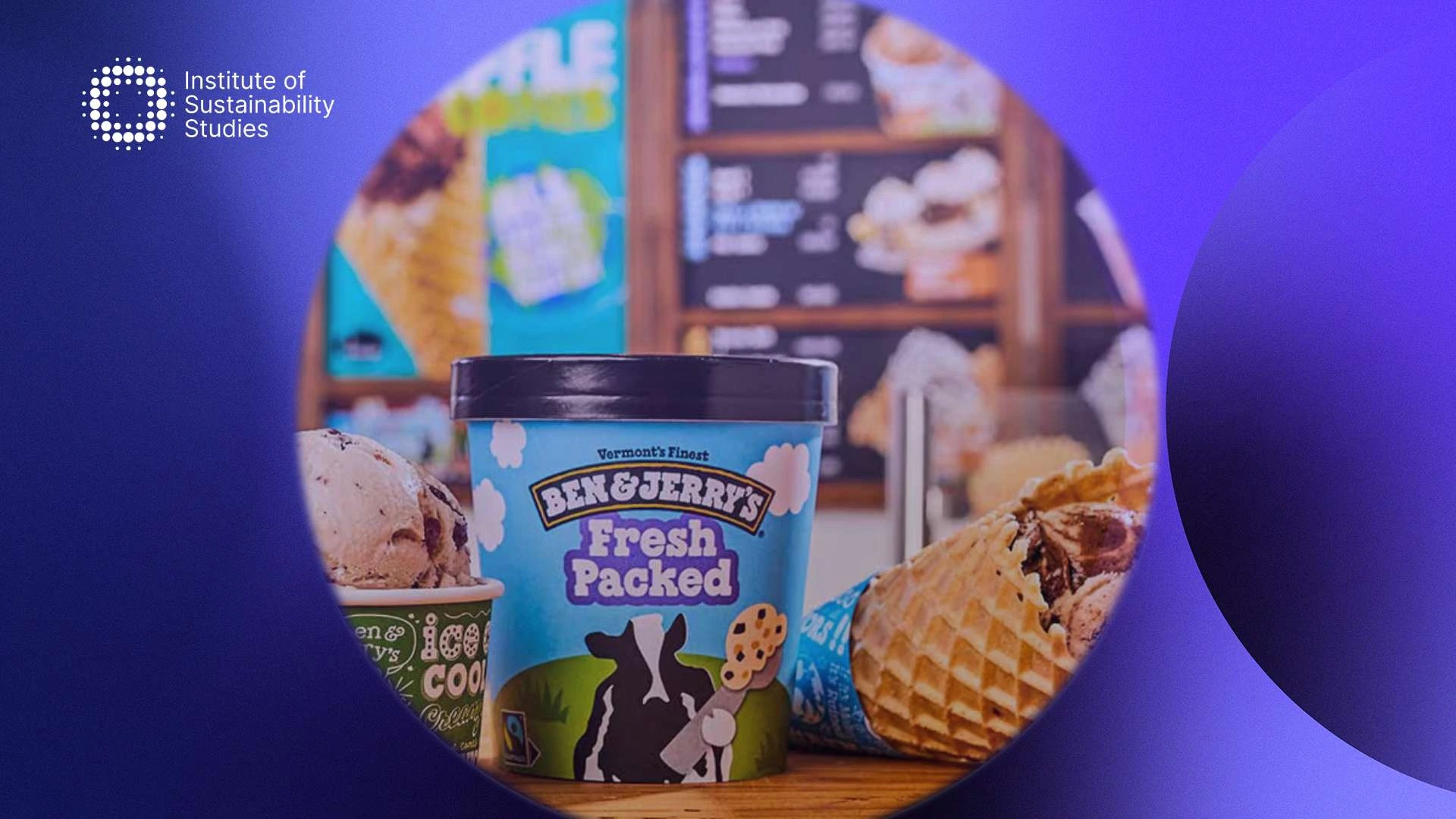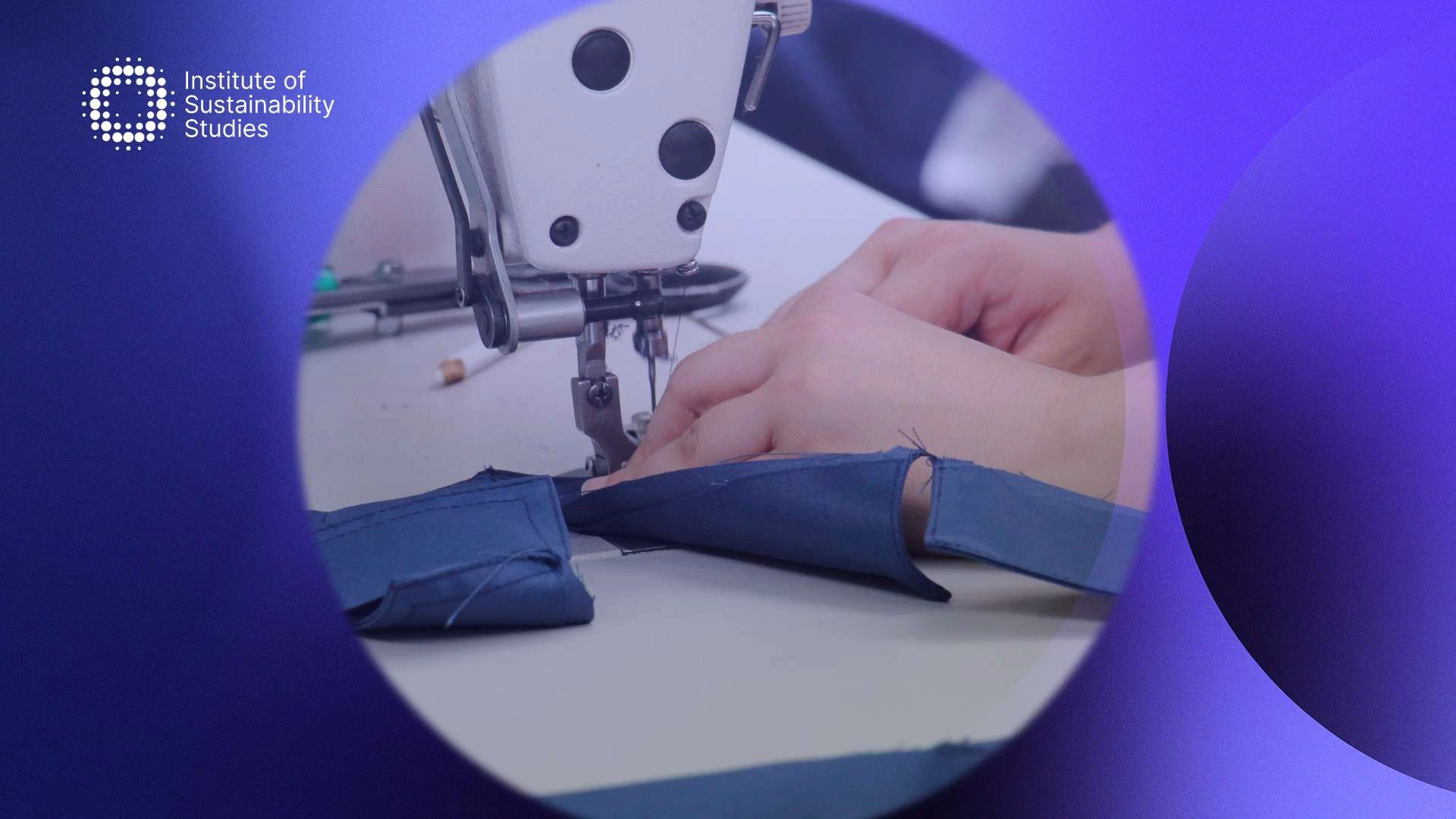The UK-based supermarket chain Sainsbury’s has announced one of its new sustainability strategies, which will see it replace plastic trays for over 40 of its chicken and fish products. This move will see the company reduce its annual plastic production by 694 tonnes – the weight of almost 100 elephants.
What will the packaging switch entail?
Sainsbury’s has switched from rigid plastic trays to a sugarcane pulp alternative lined with a plastic film. This new packaging will use 70 percent less plastic than what they were using before, saving 346 tonnes annually. The brand has claimed to be the first major brand to make this switch for salmon and trout packaging.
The company’s Director of Production and Innovation, Claire Hughes, said that since salmon is one of their most popular fish products, they prioritised reducing the plastic on its packaging. She emphasised that these are major steps towards the retailer’s plastic reduction objectives and represent another step towards its commitment to increase recyclability.
Sainsbury’s is also rolling out cardboard trays for its Taste the Difference and by Sainsbury’s breaded chicken lines, which will save 300 tonnes of plastic a year. Moreover, they are making the same changes to their Taste the Difference breaded fish fillets, which will save 48 tonnes of plastic per year. The new packaging will be released throughout the summer across many seasonal chicken products, such as Sainsbury’s BBQ and finger foods ranges.
This means that shoppers will be able to recycle the new trays at home after they have removed the film. The film is also recyclable at any Sainsbury’s UK location through the in-store flexible plastics recycling points. By the end of the summer, the retailer will have shifted 37 breaded chicken products, 10 salmon products, and seven breaded fish products to new packaging.
How these changes fit within its wider sustainability goals
These changes to packaging are part of a wider ambition of Sainsbury’s to halve the amount of plastic packaging it uses for its own-brand products by 2025. They are striving for this against a 2018 baseline and achieved a 17.5 percent reduction in 2023.
Earlier this year, the brand shared it will also be switching from plastic trays to cardboard ones for all its own-brand mushrooms. This change alone will mitigate the use of over 775 tonnes of plastic annually.
Sainsbury’s is also actively educating their customers and helping them to discover more eco-conscious products. The brand recently launched its ‘Good to Know’ logo. The new logo helps customers understand the retailer’s work around sustainability and its work towards its Plan for Better goals. Customers will be able to discover the ‘Good to Know’ logo on the latest packaging across its salmon products.
Conclusion
The transition to more sustainable packaging is a significant milestone for Sainsbury’s, underscoring their commitment to environmental responsibility. By replacing plastic trays with sugarcane pulp and cardboard alternatives, the retailer not only reduces plastic waste but also leads the way in innovative packaging solutions.
This bold move reflects Sainsbury’s dedication to achieving its ambitious plastic reduction targets, benefiting both customers and the planet. Through continuous innovation and adherence to sustainability goals, Sainsbury’s sets a powerful example of how businesses can integrate environmental considerations into their operations, paving the way for a greener, more sustainable retail industry.
Dedicated to harnessing the power of storytelling to raise awareness, demystify, and drive behavioural change, Bronagh works as the Communications & Content Manager at the Institute of Sustainability Studies. Alongside her work with ISS, Bronagh contributes articles to several news media publications on sustainability and mental health.
- Bronagh Loughlinhttps://instituteofsustainabilitystudies.com/insights/author/bronagh/
- Bronagh Loughlinhttps://instituteofsustainabilitystudies.com/insights/author/bronagh/
- Bronagh Loughlinhttps://instituteofsustainabilitystudies.com/insights/author/bronagh/
- Bronagh Loughlinhttps://instituteofsustainabilitystudies.com/insights/author/bronagh/











